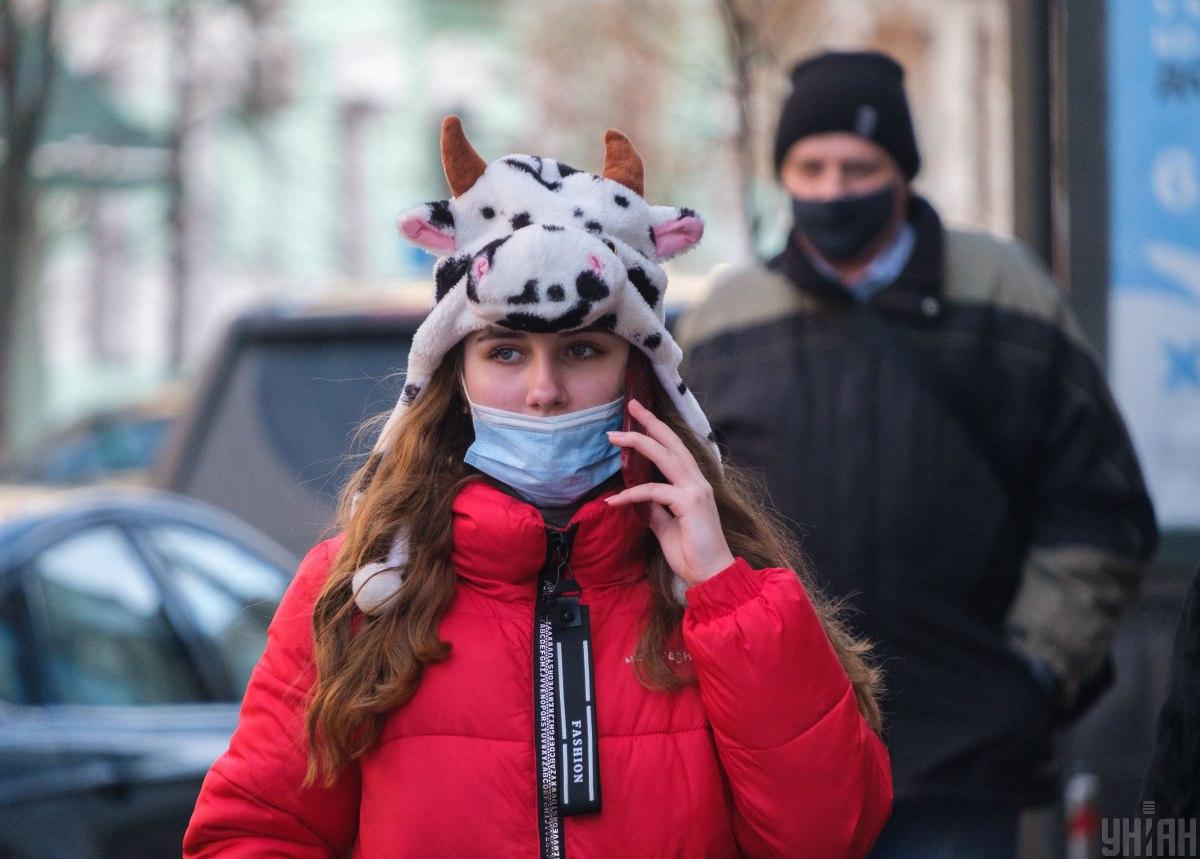
Ukrainian Health Minister Maksym Stepanov says recent tough curbs have helped to stabilize the situation around COVID-19.
He shared his opinion on Facebook on January 24.
"At midnight today, the enhanced quarantine is to be over in Ukraine. Together we've managed to stabilize the situation and lessen the load our health care system and health care workers have faced. If at the beginning of December, the number of patients with confirmed or suspected COVID-19 was about 29,000 and the figure is 18,651 people now," he said.
As of January 25, the country will be switched over to the so-called adaptive quarantine, which was in effect in December 2020.
Read alsoCOVID-19: PM Shmyhal elaborates on quarantine curbs from Jan 25
Tough quarantine in Ukraine
The Ukrainian government on December 9 decided to put Ukraine in tough quarantine for the period from January 8 to January 24, 2021.
From January 25 to February 28, quarantine restrictions of the orange zone will be in effect in Ukraine along with additional curbs introduced in December.
The bans will be applicable to:
- Events in educational facilities (performances, celebrations, concerts) with participating children from more than one group/class and audience;
- Festivities, banquets, workshops, public events in entertainment and catering establishments;
- Visitors in museums, exhibitions, galleries and the like if there is more than one visitor per 10 square meters;
- Catering establishments from 23:00 to 7:00 (except for delivery and take-out). Settlement transactions shall be terminated at 22:00;
- Indoor religious events with more than one person per 5 square meters and outdoor events if the 1.5m social distancing rule is not observed;
- Mass events (including concerts), sports, social, advertising and other events in which more than 20 persons take part and the distance of 1.5m between participants is not observed (exception: official and professional sports events without spectators on stands, examinations for notary workers, and measures necessary to ensure continued operation of government agencies);
- Cinemas and arts facilities with over 50% of the seating capacity;
- Transportation of passengers in public transport beyond the seating capacity (except for the subway);
- Discos, night clubs, and catering establishments with leisure services;
- Catering establishments if more than four adults are allowed per table and if the 2m social distancing rule between tables is not observed;
- Businesses where employees are not provided with face masks, no social distance markings (1.5m between customers) are installed, while customers fail to properly wear PPE;
- Foreigners who cross the border with Ukraine without a valid insurance policy (with certain exceptions);
- Using public transport and attending public settings without masks, as well as leaving home without an ID;
- Leaving the site designated for self-isolation or observation without proper authorization;
- Accommodation facilities (except for hotels, rehabilitation centers for persons with disabilities, and health resorts);
- Groups of over 20 people in educational facilities, except for preschool facilities and those of general secondary, extracurricular, and specialized art education;
- Visits to educational facilities in case if more than 50% of students and lecturers are self-isolating;
- Scheduled hospitalizations (except for palliative, prenatal, natal care, childbirth assistance, cancer treatment, highly specialized (tertiary) medical care, and other emergency care);
- Gyms and fitness centers if there is more than one customer per 20 square meters;
- Visits to temporary detention centers, accommodation centers for foreigners and stateless persons, as well as accommodation facilities for refugees;
- Foreigners crossing the checkpoints en route from Ukraine to the temporarily occupied territories of Donbas and Crimea without a valid insurance policy (with certain exceptions); and
- Visits to social security institutions where certain categories of citizens reside (the elderly, war veterans, persons with disabilities, mental disorders, etc.) except for authorized personnel.

